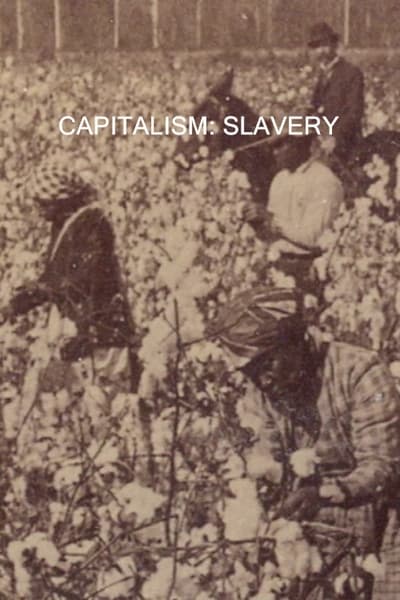
Capitalism: Slavery
In Capitalism: Slavery, Jacobs uses a Victorian stereograph (a double-photograph) of slaves picking cotton under the watchful eye of a white overseer as the source for this wrenching silent work. Through digital manipulation, Jacobs creates a haunting illusion of depth and movement. It is as if he has "entered" the image and reactivated this historical moment; he moves among the figures and isolates individuals, creating a stuttering, pulsing effect that suggests motion even as it animates stasis.

Storyline
In Capitalism: Slavery, Jacobs uses a Victorian stereograph (a double-photograph) of slaves picking cotton under the watchful eye of a white overseer as the source for this wrenching silent work. Through digital manipulation, Jacobs creates a haunting illusion of depth and movement. It is as if he has "entered" the image and reactivated this historical moment; he moves among the figures and isolates individuals, creating a stuttering, pulsing effect that suggests motion even as it animates stasis.





















